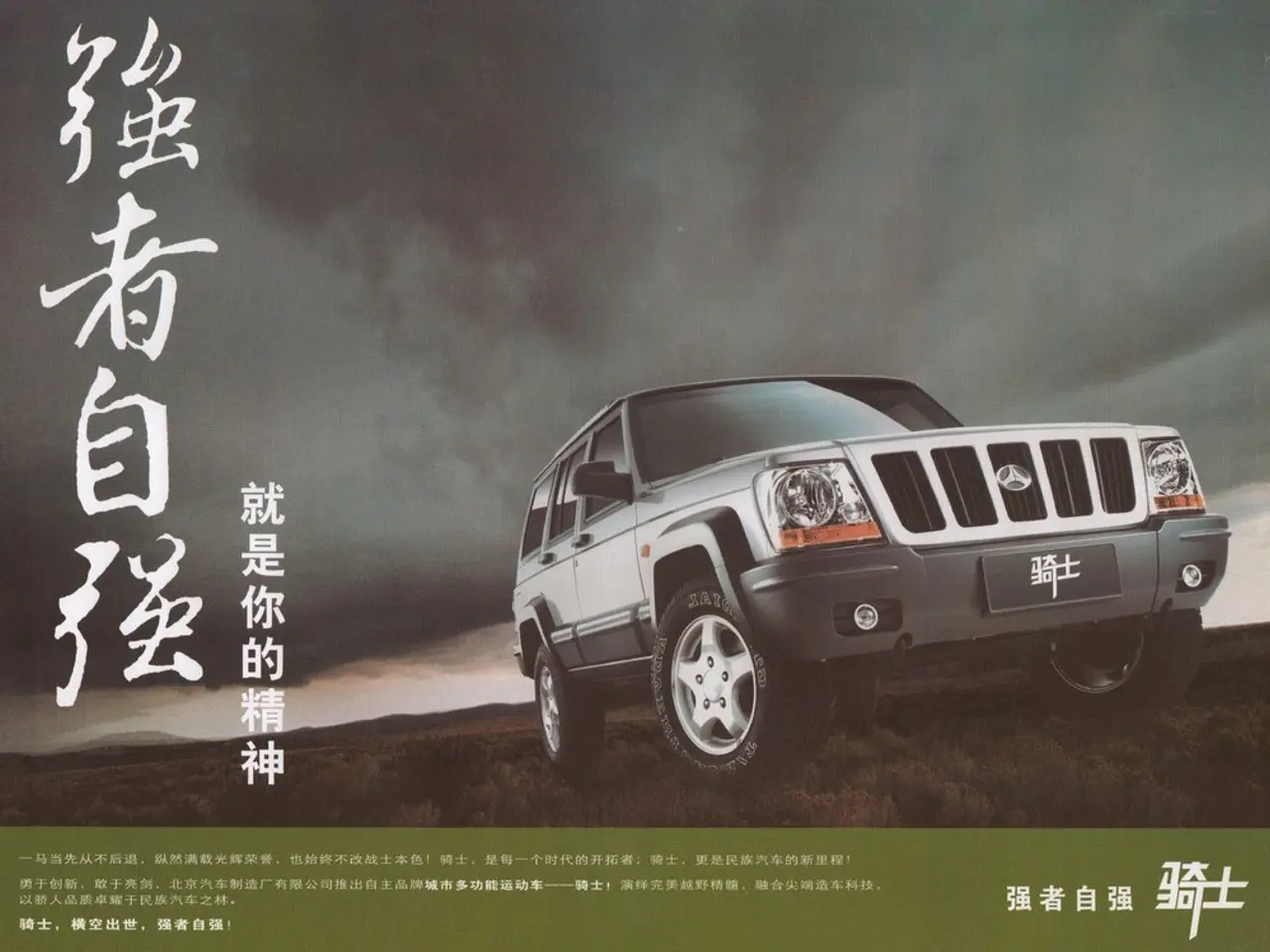Collision of Two Aerial Cars Marks a Potential First in History: Shocking Footage Shows In-Flight Wreckage Resulting in a Fireburst
In an unexpected turn of events, a flying car crash occurred during a rehearsal for an airshow in Changchun, Jilin province, China. The incident involved one of the flying cars developed by Xpeng Aeroht, an arm of the Chinese electric vehicle giant Xpeng.
Video footage captured the moment, showing plumes of thick black smoke and flames from one of the flying cars. Fortunately, local authorities completed 'on-site emergency measures' and confirmed no one was seriously hurt. However, one pilot was injured in the crash, and one of the flying cars sustained fuselage damage and caught fire upon landing.
The mass production and commercialization of Electric Vertical Takeoff and Landing Vehicles (eVTOLs) is expected by 2026 in China, with companies like Xpeng Aeroht targeting this timeline. Other companies, such as Ehang, have already delivered nearly 300 EH216-S eVTOLs and completed a test flight using advanced solid-state batteries.
Safety and regulation are top priorities in this industry. Companies are developing anti-drone equipment and working with authorities to establish no-fly zones and ensure safe operations. Advancements in artificial intelligence and unmanned technology are key to the vision of widespread use of flying vehicles.
The crash resulted in a huge blaze, but emergency services were quickly called to the scene. The report predicts the use of flying cars for logistics, agriculture, urban management, tourism, and emergency rescue operations.
Current eVTOLs cost 10 million RMB (£1 million), but prices are expected to drop significantly by 2030. A family-friendly, four-or five-seat flying car could cost between £200,000 and £300,000 (2-3 million RMB), making them more accessible in the luxury market.
China is embracing a 'golden decade' for its low-altitude economy, including drones and eVTOLs, which is expected to grow to a staggering 3 trillion RMB (£326 billion) by 2030. This growth is expected to be driven by advancements in technology and the increasing demand for efficient, sustainable transport solutions.
Despite the recent crash, the future of flying cars in China remains promising. The industry is working diligently to ensure safety and regulatory compliance while continuing to innovate and push the boundaries of what is possible with this exciting new form of transport.
Read also:
- United States tariffs pose a threat to India, necessitating the recruitment of adept negotiators or strategists, similar to those who had influenced Trump's decisions.
- Weekly happenings in the German Federal Parliament (Bundestag)
- Southwest region's most popular posts, accompanied by an inquiry:
- Discussion between Putin and Trump in Alaska could potentially overshadow Ukraine's concerns








